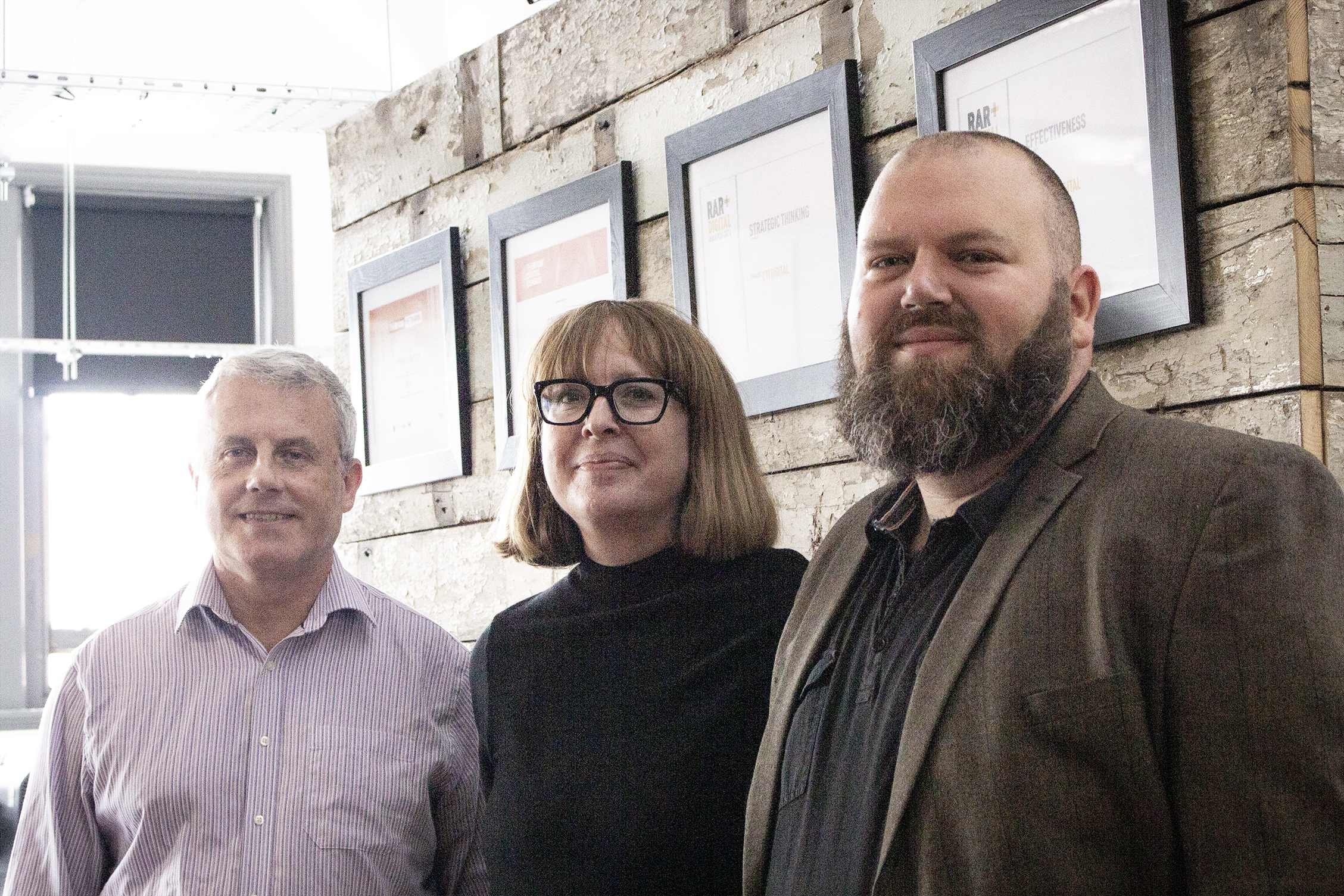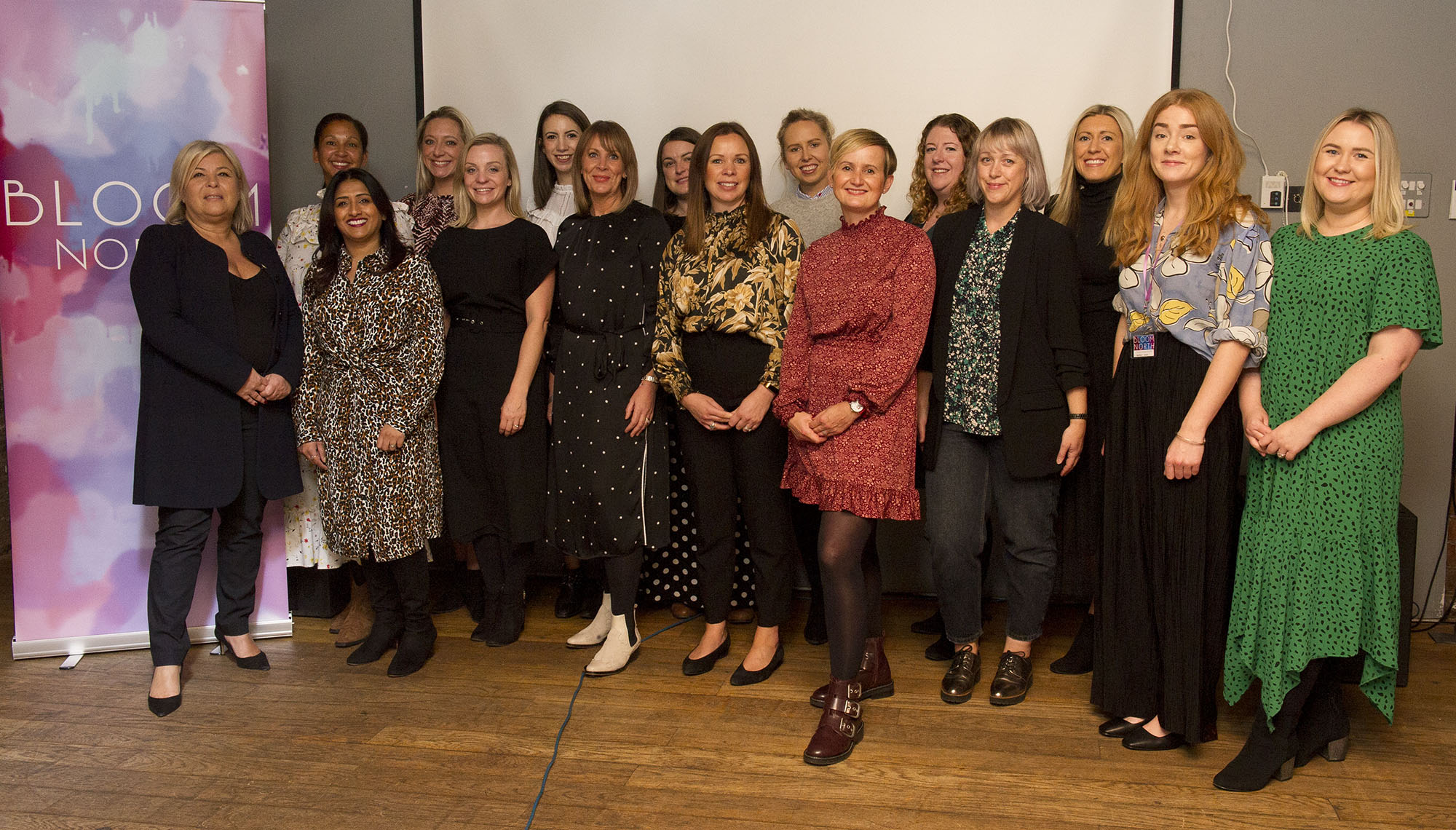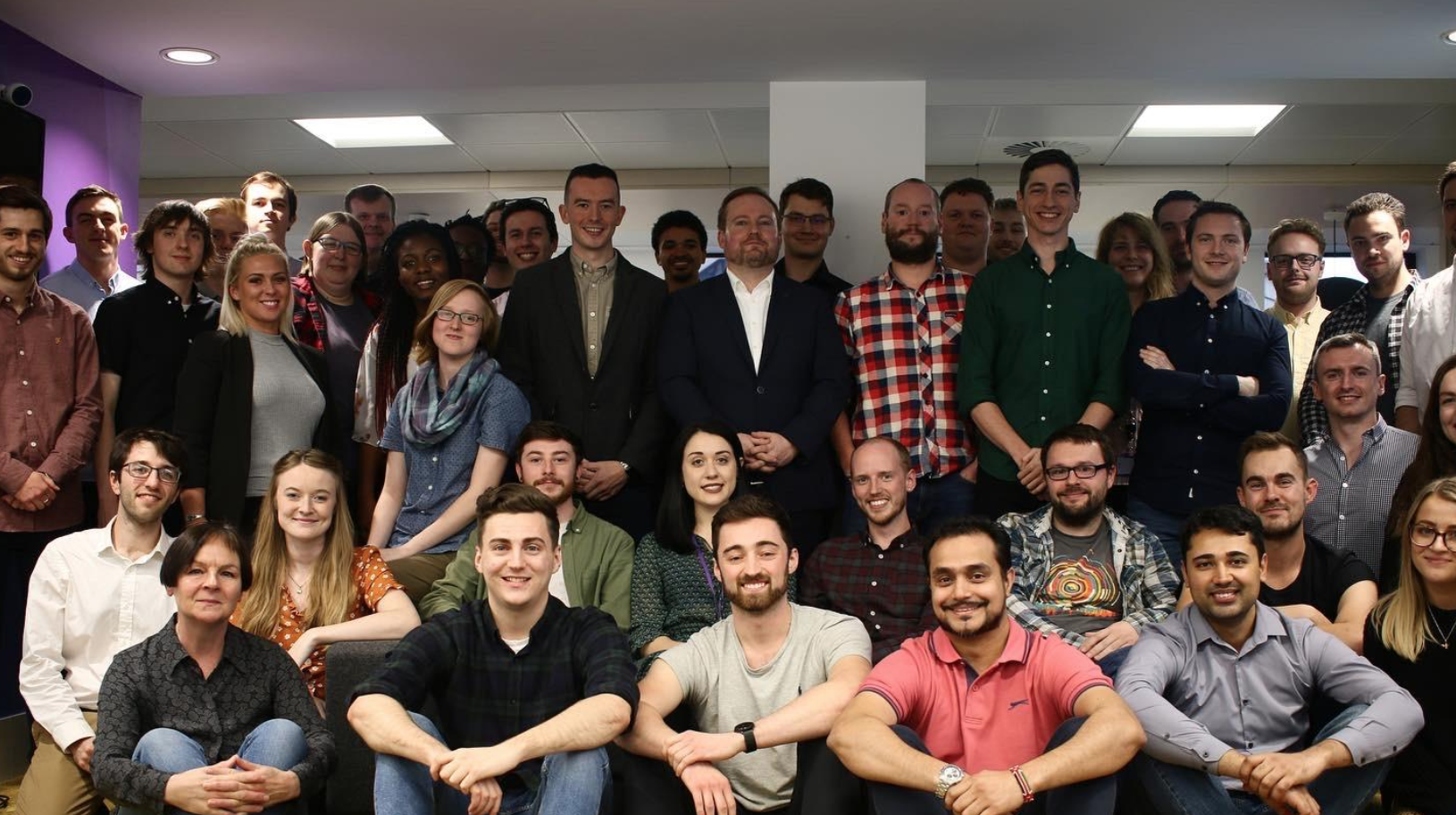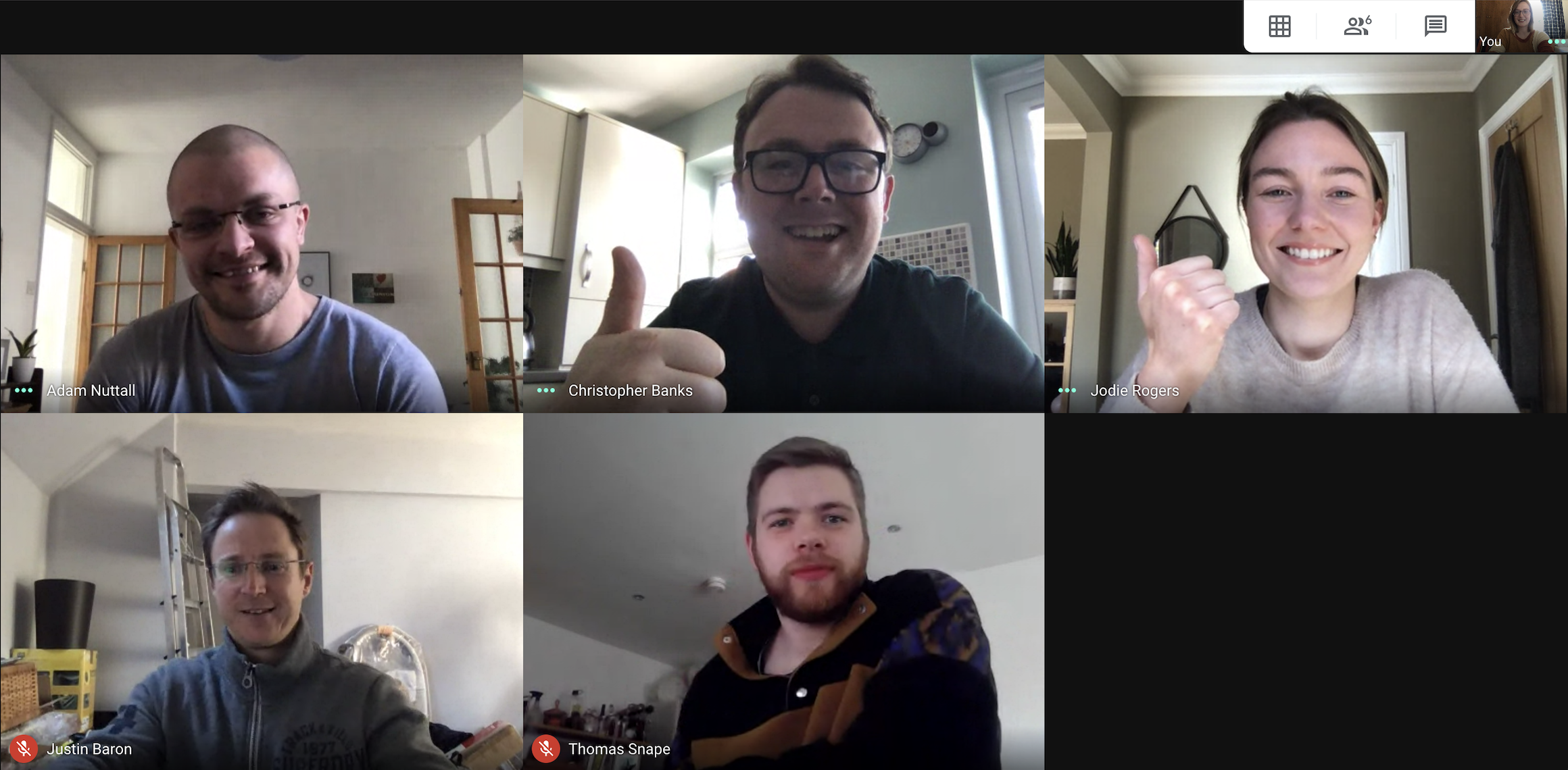
It’s no secret that women are woefully underrepresented in STEM careers, particularly in the field of technology. Worryingly, the 2019 Annual Population Survey reports that the number of women in IT has flatlined at just 16% of the workforce.
As a result, organisations are starting to get serious about levelling the playing field in this area and are carrying out some fantastic and varied initiatives. Whether it’s creating cultural transformation internally, setting gender balance targets for the workforce or examining gender bias in the recruitment process, tech organisations are doing more now than ever before to attract and retain women in tech roles. Similarly at Experis, we’re proud of the fact that we’ve developed our market offering so that we can support our clients as they tackle this complex issue. We have implemented our Train2Fit programme with several clients now to train and employ more women in their organisation. We offer gender balanced interview panels, and support our clients by providing a diverse slate of candidates for their tech roles. Not only this, but we are signatories of the Tech Talent Charter, and live our purpose when it comes to gender diversity internally via our Affinity Network Groups.
But despite these efforts, progress is slow and the needle isn’t shifting as far as it needs to. Why not?
Because it is a grass roots problem. Because it is a systemic problem. Because our children are STILL being conditioned every day to conform to gender stereotypes. Maybe not to the same degree as generations before us, but it’s still there, insidious in nature and often imperceptible unless you go looking for it.
I have two daughters, aged 8 and 11. In preparation for this article I asked them both, and their friends too, if they think there are “girl jobs” and “boy jobs”, and if so, what are they? As someone who feels they live in a fairly gender equal household, with a circle of friends who share these values, I was horrified at the results. The “girl jobs” identified included “dress making”, “being a mummy” and “teacher”. “Boy jobs” were described as “builder”, “fireman”, “policeman” and “inventor”. So why is this still an issue? A 2012 study found that when it comes to attitudes towards STEM subjects, children are significantly influenced by the values of their parents and other caregivers, meaning that change really needs to begin at home if we’re going to have any hope of a diverse tech workforce becoming the norm rather than the exception.
Of course we should be addressing this issue – women and men should have equal opportunity in all industries, and it’s a widely accepted fact that a diverse workforce creates a more profitable business. But perhaps most importantly, in today’s rapidly advancing technology landscape where every person is increasingly dependent on the use of technology, I want to feel comfortable that the tech I’m using has been designed from concept through to launch by a diverse team of people who have used each of their unique perspectives so that every scenario and issue has been anticipated, identified and resolved, making the products I’m using as intelligent and accessible as possible. Whilst this is very much a nice-to-have when I’m scrolling through social media or conducting research for a blog article, it can be the difference between life and death if you’re looking at AI-assisted robotic surgery, or the use of an algorithm to predict the likelihood of early-stage cancer.
So how can we make a difference at this fundamental level?
Home life tweaks
We all need to ask ourselves in what areas of our home lives are gender stereotypes still being reinforced, even if it’s subconsciously? Are the “technical” roles reserved for any men in the house. Are the “nurturing” roles assigned to the women? Find out from your children what their beliefs are, and see if they understand how they’ve come to think of things in such a way. What types of messages are they receiving in the media they’re consuming? Can you try to “crowd out” the messages that look to reinforce gender stereotypes in favour of those that challenge the status quo?
Role models and home education
Whether it’s the device your children play on, the game they’re immersed in, the clothes they wear or the bikes they ride, science, technology, engineering and maths have gone into the design and creation of these things. Do our children understand the connection between these subjects and the world around us?
The concept of “science capital” developed by Professor Louise Archer and her colleagues at Kings College London, highlights the fact that the children more likely to pursue STEM careers are those that have parents who have interests, hobbies or careers already rooted in STEM fields. As such, it could be worth thinking about the ways in which you could be a role model for STEM subjects – do you have any relevant experiences or interests that perhaps you don’t share already with your family? If not, do you have other family members or friends that could bring to life the rich landscape of STEM subjects? Failing that, which women in this field are inspirational and could be a role model?
Make STEM accessible and attractive
Nowadays, there are plenty of accessible ways to teach your children about STEM subjects. I recently subscribed my eldest daughter to a course in Programming for Kids. In our house, Saturday mornings are usually reserved for arguments about the volume of YouTube and the lack of completed homework. Last Saturday morning however, I didn’t see her until she emerged from her bedroom – triumphant at having written code that made a tiger move across the page. A quick Google search can point you in a million different directions to free-to-use or inexpensive resources for children to engage with.
To sum up…
As a Technology Recruiter, I’m fortunate enough to help talented professionals into a plethora of career pathways that STEM education enables. But I have to ask myself: do I spend enough time telling my children about this vast array of opportunities available to them in the future?
So on Ada Lovelace Day, a day which celebrates the fantastic achievements of women in STEM careers, I’m setting the intention, and I hope this article encourages others to do the same, to thoroughly examine the social cues that my children are exposed to and then look at where can I create a shift that encourages them to think differently about traditional roles.
Written by Sarah Doyle, Regional Manager, Experis









